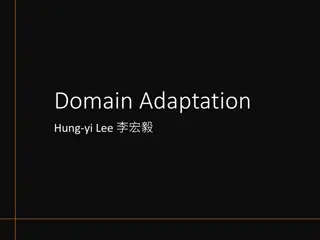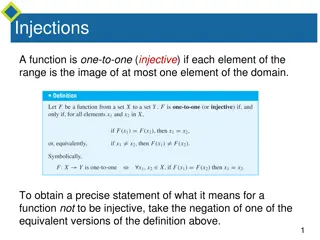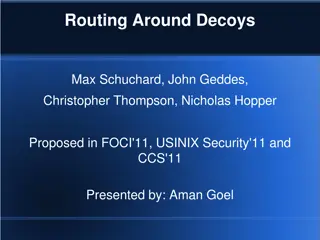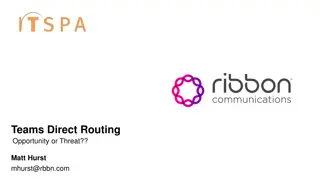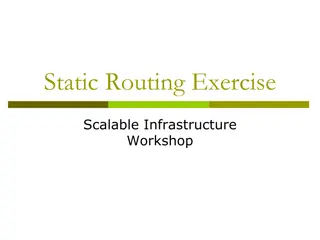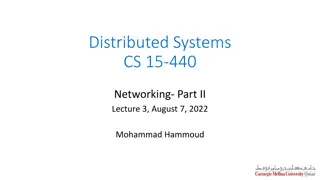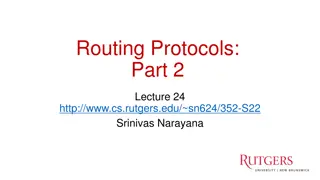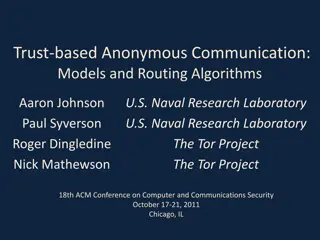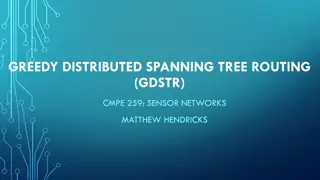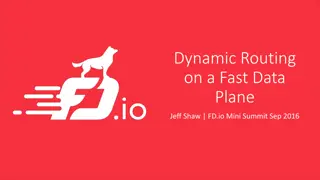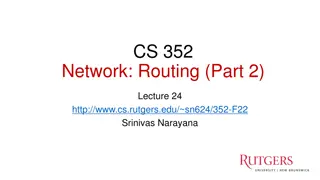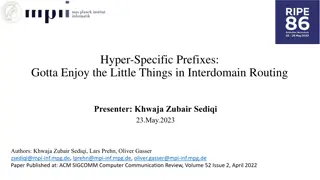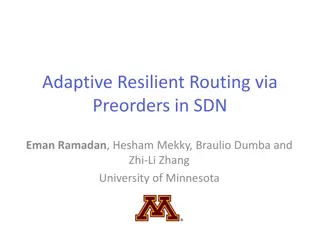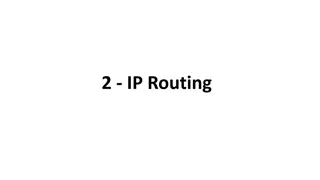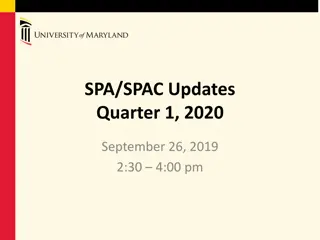Challenges in Establishing a Secure Inter-Domain Routing System
The daunting task of creating a secure and trusted inter-domain routing system poses significant challenges due to the decentralized nature of the internet. Addressing issues such as propagation of false routing information, ensuring correct reachability, and dealing with the lack of a clear truth model are key hurdles. Despite efforts to improve operational practices and routing technologies, achieving a secure inter-domain routing system remains a complex and ongoing goal.
- Inter-Domain Routing
- Internet Security
- Routing Challenges
- Network Infrastructure
- Operational Practices
Download Presentation

Please find below an Image/Link to download the presentation.
The content on the website is provided AS IS for your information and personal use only. It may not be sold, licensed, or shared on other websites without obtaining consent from the author. Download presentation by click this link. If you encounter any issues during the download, it is possible that the publisher has removed the file from their server.
E N D
Presentation Transcript
Why dont we have a Secure and Trusted Inter-Domain Routing System? Geoff Huston, APNIC
Why do we keep seeing these headlines?
1. The Meta Goal Can we devise changes to operational practices, or operational tools or routing technologies that manage the inter-domain routing system that could prevent the propagation of false or artificial routing information in the Internet?
This is a Very Challenging Goal It s a problem as old as the concept of a distributed inter-domain routing system Each actor applies local policy constraints on local topology knowledge to guide its local route object propagation decisions No single actor has sufficient whole of system data to determine the difference between what it should ve learned and what it has learned
The ideal We want the interdomain routing system to advertise the correct reachability information for legitimatelyconnected prefixes at all times That means that we want to avoid: promulgating reachability for bogus address prefixes promulgating incorrect paths for reachable prefixes blocking paths for legitimately connected prefixes
The problem While we d like to think we understand the provenance for each and every IP address, that is not exactly the case And even if we did, we have no precise knowledge as to which network has the authority to originate a route object for that address And even then we have no exact knowledge of the inter-domain topology of the network And even then we have no clear knowledge of the local policy constraints that are applied to the propagation of reachability and topology information
The problem All of which means that we have no clear model of truth to compare to the information flow in the routing system
1. A Weaker Goal Can we devise changes to operational practices, or operational tools or routing technologies that manage the inter-domain routing system that could resist attempts to inject false or artificial routing information in the Internet?
2. What Data would we like? An (impossible) ideal data set is the reference set that describes a correct route object set that should be visible at any vantage point in the network And access to a set of credentials that support any such attestation of correctness As a compromise we could settle for a reference set that describes a stable route object set that should be visible at any vantage point in the network
What we want and dont want BGP anomaly detectors and observatories are all well and good, but they have not proved to be all that useful to the operations community They are a bit like smoke alarms they can t prevent the root cause, but simply alarm after it happens What we would like is some form of route acceptance model that can be used as an acceptance filter
Some 10 years ago We observed that we needed to improve truth in addressing and routing We designed a PKI to allow digitally signed attestations about addresses and AS numbers for use in routing We published tools to allow network operators to use this PKI We supported security extensions to BGP to make use of these signed attestations - BGPSEC
Is BGPSEC the Answer? Yes and No Yes, it can reject anomalous BGP updates upon receipt of the update But: it relies of the correct operation of the protocol, not the correct implementation of policy It is very expensive to run It relies on comprehensive adoption, and partial adoption is a worst case scenario for this protocol
Whats going wrong? BGP hijacking is not perceived as something we should work hard to prevent BGP hijacking is not an end in itself, but a part of a larger attack E.g. April 18 MyEtherWallet raid was an attack involving a domain name registrar, the DNS, a susceptible certificate authority and a BGP route injection to work The economics of this situation work against it Apparently there are inadequate commercial drivers to undertake extensive informed route monitoring that would enable hijack suppression at source Probably because integrity of common infrastructure is everyone s problem which in turn quickly becomes nobody s problem
How should we look at routing insecurity? Is this a failure of technology? If we had a better routing widget then we would no longer have a problem Is this an instance of failure in the market? Providers see no marginal competitive advantage in deploying these tools Is this a regulatory failure? If we have to turn to some form of imposition on network providers to secure the routing system then how will we do this? (The current national and regional regulatory examples in content control and encryption are woeful examples! Why would comparable efforts in routing security fare any better?)
What should we do? Let s do nothing is an unsatisfactory response But anything other than nothing seems to head towards pointlessly ineffectual!






